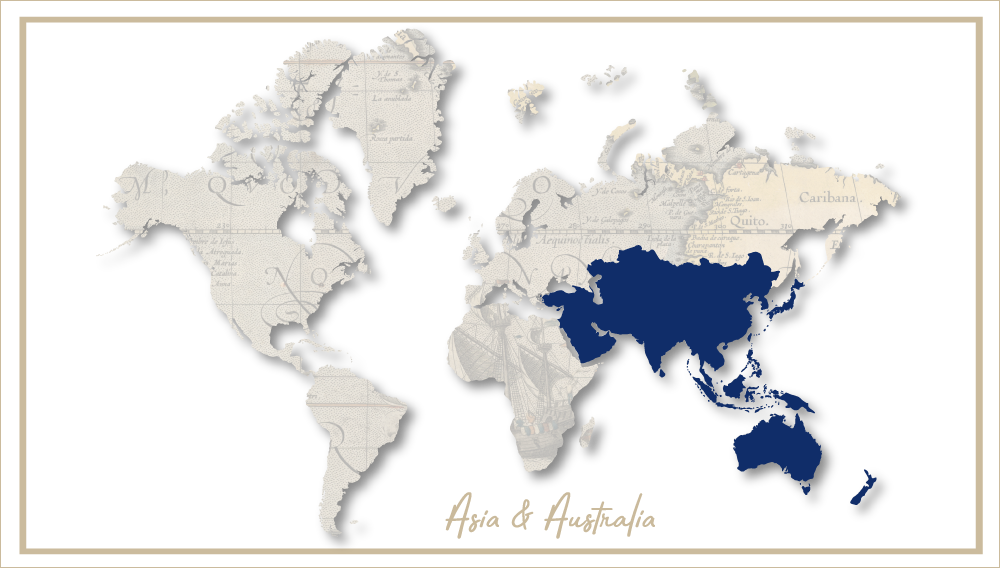VTT continues research on beer bottles from 1840s shipwreck
VTT Technical Research Centre of Finland was commissioned to analyse the bottles of beer salvaged from the 1840s shipwreck found near the Åland Islands in 2010 (as BRAUWELT International reported). Living bacteria found in the bottles were subject to further tests to find out how the cells had survived for so long in the wreck.
The Åland-based brewery Stallhagen has embarked on a quest to recreate the 170-year-old recipe and start reproducing the beer. Both the product development process and the brewing technique were selected based on the thorough physico-chemical and microbiological analyses carried out at VTT Technical Research Centre of Finland.
One of VTT’s triumphs was isolating living lactic acid bacteria from the bottles. This type of bacteria plays an important role in the brewing of the recreated beer. The production process was developed in collaboration with Stallhagen and the Belgian university KU Leuven, a frontrunner in yeast and bacteria fermentation.
“We are probably talking about the oldest living non-spore forming bacteria ever found in beer. The beer brewing techniques used in the old days typically caused these kinds of bacteria to grow alongside yeast”, explains Key Account Manager Annika Wilhelmson from VTT Technical Research Centre of Finland.
What scientists now want to know is why and how the lactic acid bacteria survived in such extreme conditions. VTT and the University of Saskatchewan are studying the DNA of the bacteria to find answers to these questions. Bacterial strains extracted from the bottles could prove useful to the food and drinks industry in the future.


